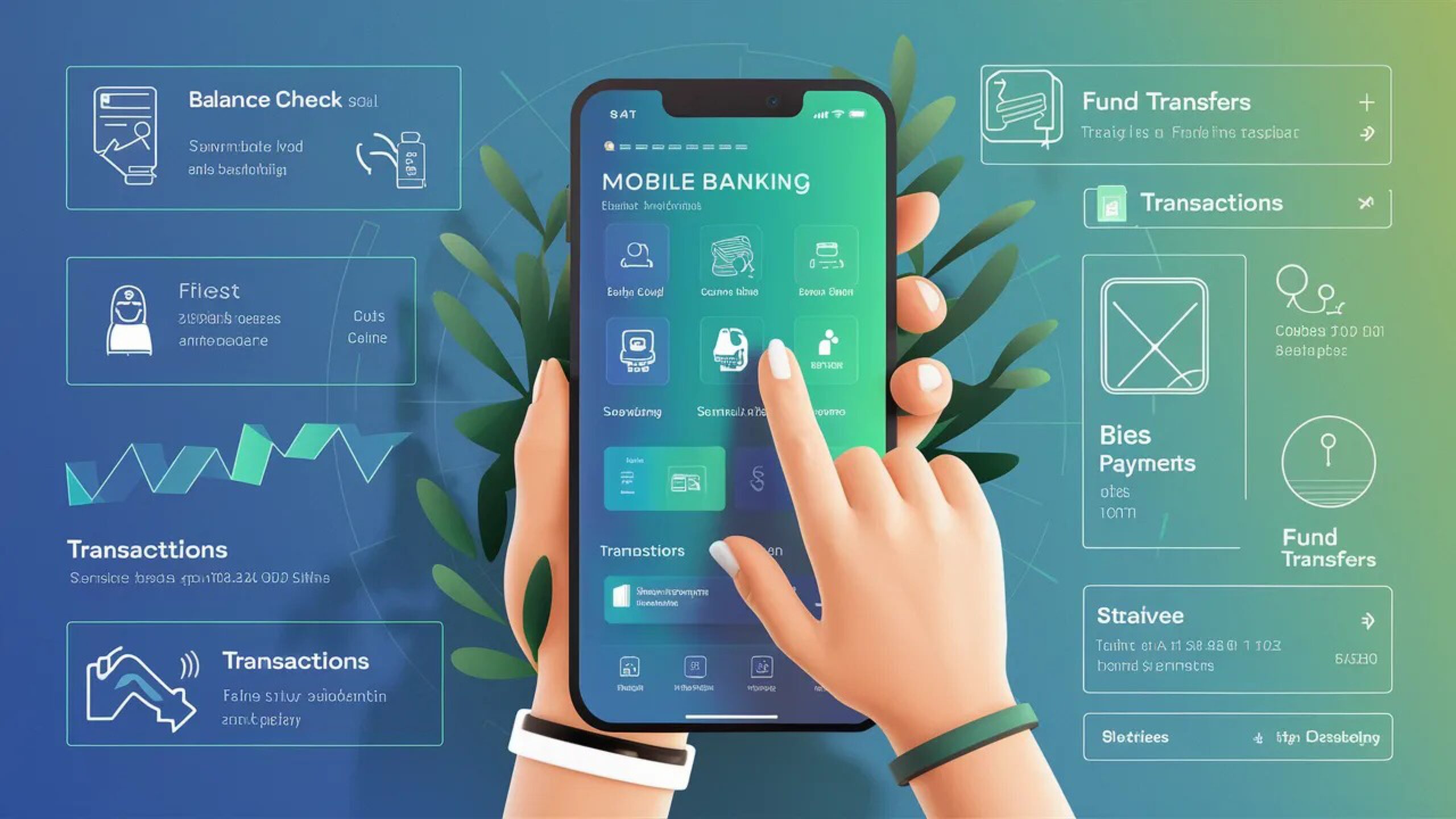Introduction:
Building a user-centric website is not just about aesthetics; it’s a strategic approach that focuses on creating an online experience tailored to meet the needs and preferences of the target audience. Here’s how you can ensure your website truly puts the user at the center of the design and functionality.
Understanding Your Audience:
Conducting Audience Research:
- Begin by understanding who your target audience is.
- Use analytics tools, surveys, and feedback mechanisms to gather data.
- Identify user demographics, preferences, and pain points.
Creating User Personas:
- Develop detailed user personas based on your research.
- Consider factors such as age, location, interests, and online behavior.
- Personas help in visualizing and understanding your diverse audience.
User-Centric Design Principles:
Simplicity and Intuitiveness:
- Prioritize a clean and intuitive design to enhance user navigation.
- Avoid unnecessary complexity that might confuse or overwhelm users.
Consistent and Familiar Interface:
- Maintain consistency in design elements and layout across the website.
- Familiarity helps users feel comfortable and confident in their interactions.
Mobile Responsiveness:
- Optimize the website for various devices, particularly mobile phones.
- Responsive design ensures a seamless experience regardless of the user’s device.
Prioritizing User Experience (UX):
User Journey Mapping:
- Map out the typical user journey on your website.
- Identify touchpoints, potential friction points, and areas for improvement.
Usability Testing:
- Regularly conduct usability tests to gather real user feedback.
- Test navigation, functionality, and overall user satisfaction.
Feedback Mechanisms:
- Implement feedback forms, surveys, or chatbots to collect user opinions.
- Act on constructive feedback to continuously enhance the user experience.
Content Tailored to Users:
Relevant and Engaging Content:
- Craft content that addresses user needs and interests.
- Ensure that the language and tone resonate with your target audience.
Personalization:
- Explore options for content personalization based on user behavior.
- Personalized content enhances user engagement and satisfaction.
Accessibility and Inclusivity:
Accessibility Standards:
- Follow web accessibility standards (WCAG) to make the website inclusive.
- Consider users with disabilities and ensure a seamless experience for all.
Multilingual Support:
- If applicable, provide multilingual support to cater to a diverse audience.
- Language options contribute to a more inclusive user experience.
Conclusion:
Building a user-centric website is an ongoing process that requires continuous evaluation, adaptation, and improvement. By understanding your audience, prioritizing user experience, and incorporating feedback, you can create a website that not only attracts visitors but keeps them engaged and satisfied. Remember, a user-centric approach is the key to long-term success in the digital landscape.







